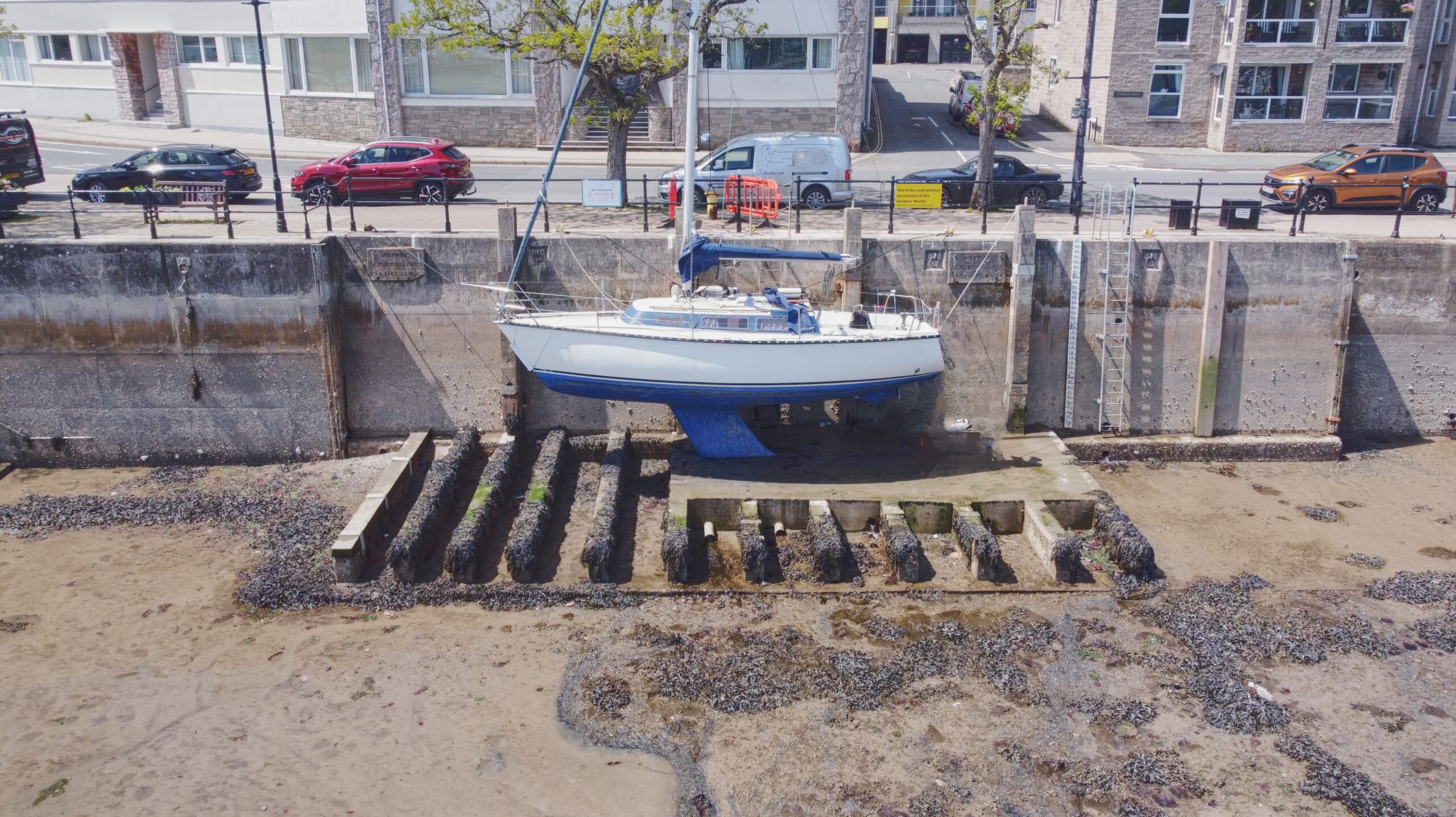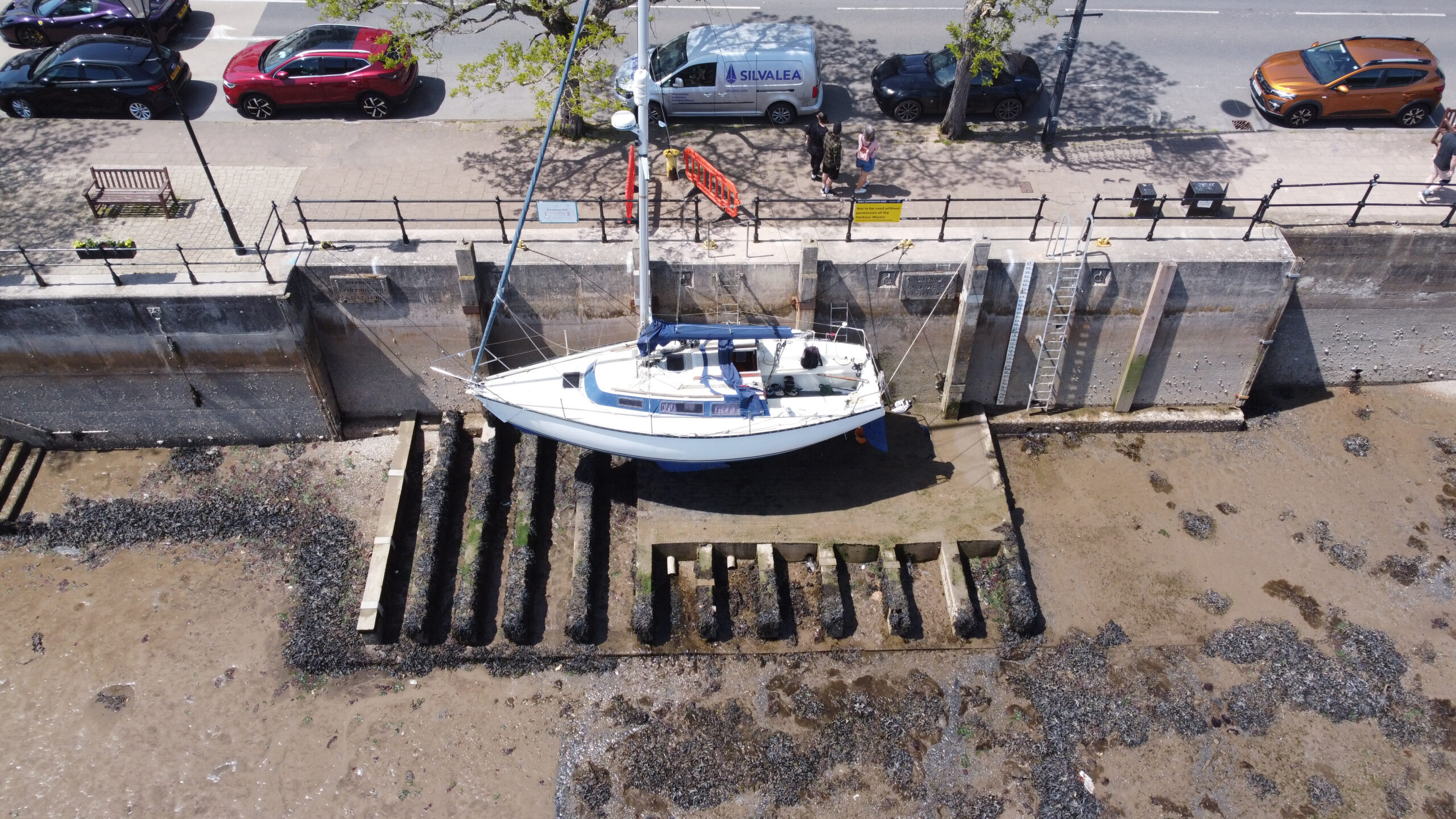

This website uses cookies to ensure that we give you the best experience on our website. This includes cookies from third party social media websites and Google to track your use of this website. If you continue without changing your settings, we’ll assume that you are happy to receive all cookies on this website. However, you can change your cookie settings at any time.